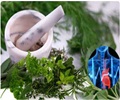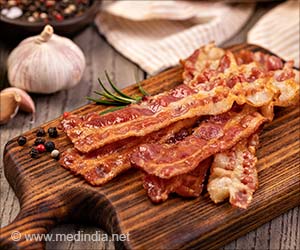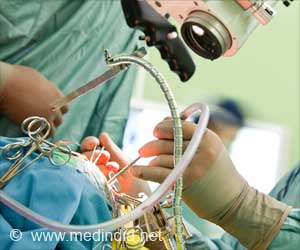Breast cancer and its associated risk factors such as excess weight gain, high body fat can be reduced by making 5 changes in your daily routine.
Highlights
- Physical activity has the strongest reported effect on reducing the risk of breast cancer recurrence and death.
- Daily intake of more than 2 servings of cruciferous vegetables can reduce the risk of breast cancer.
- Regular visits to the dentists to check for gum disease can reduce the risk of periodontitis and breast cancer.
The recommended 150 minutes of moderate to vigorous exercise or 75 minutes of vigorous exercise per week guidance, as well as two to three weekly sessions of strength training, can help reduce the risk of breast cancer by 25-30%.
A review of recent evidence, carried out by Canadian researchers found that physical activity had the strongest reported effect on reducing the risk of breast cancer recurrence and death.
Physical activity and exercise are preventative and rehabilitative measures that can be employed at various points along the breast cancer trajectory.
Munch on Those Fruits and Veggies
Vegetable consumption was associated with a decreased risk of estrogen receptor-negative/progesterone receptor-negative breast cancer. Daily intake of more than 2 servings of vegetables, especially carrot, cabbage, cauliflower, Brussel sprouts, reduced the risk of breast cancer.
Check on the Type of Fat You Eat
Increased consumption of total fat and saturated fat were found to be positively associated with the development of breast cancer. Saturated fats rich in foods derived form animals such as butter, cheese, meat and meat products contribute to the risk of breast cancer.
On the other hand, omega-3 fats rich in olive oil, avocado and omega-6 fatty acids in nuts and fish can reduce the risk of breast cancer.
Regular Dental Check up
Periodontal disease is associated with increased prevalence of breast cancer. The risk of a woman developing breast cancer could be amplified by chronic gum disease. Disease in the gums, tissues and bones supporting the teeth due to a group of bacteria can increase the risk of breast cancer by 12%.
In a study done among 3000 women for a period of 16 years, it was found that women who reported that they had suffered from chronic gum disease or had lost teeth due to periodontal disease were found to be more than two times as likely to be diagnosed with breast cancer as compared to those who had healthy gums.
Brushing and flossing your teeth every day to remove the bacteria that cause gum disease. Visiting a dentist twice a year for a checkup, or more frequently in case of swollen gums, bleeding gums, loose teeth, sensitive teeth, bad breath can help detect periodontal disease.
Fiber up Your Meals
Whole grain cereals and products made from whole grains, lentils, kidney beans, fruits, leafy vegetables are rich in fiber. Including these foods in the daily diet can reduce the risk of breast cancer.
Fiber has the capacity to bind with excess cholesterol and eliminate them from the body. High levels of cholesterol are stored in the body and can cause cancer.
Young women who ate more fiber in early adulthood had a 12 to 19% lower risk of developing breast cancer than those who ate much less or no dietary fiber, and high fiber intake during teenage years was found to reduce the overall risk of breast cancer by 16% and cut the risk of premenopausal breast cancer by 24%.
Practicing these simple habits and incorporating in the daily routine can help maintain body weight, prevent weight gain, reduce fat accumulation in the body and thus reduce the risk of breast cancer.
Reference:
- Postmenopausal Women With Gum Disease Seem to Have Higher Breast Cancer Risk - (http://www.breastcancer.org/research-news/gum-disease-may-be-linked-to-higher-risk)
- Deborah A. Boggs,* Julie R. Palmer, Lauren A. Wise, Donna Spiegelman, Meir J. Stampfer, Lucile L. Adams-Campbell, and Lynn Rosenberg. Fruit and Vegetable Intake in Relation to Risk of Breast Cancer in the Black Women’s Health Study, American Journal of Epidemiology(2011), doi: 10.1093/aje/kwq293.
Source-Medindia
















